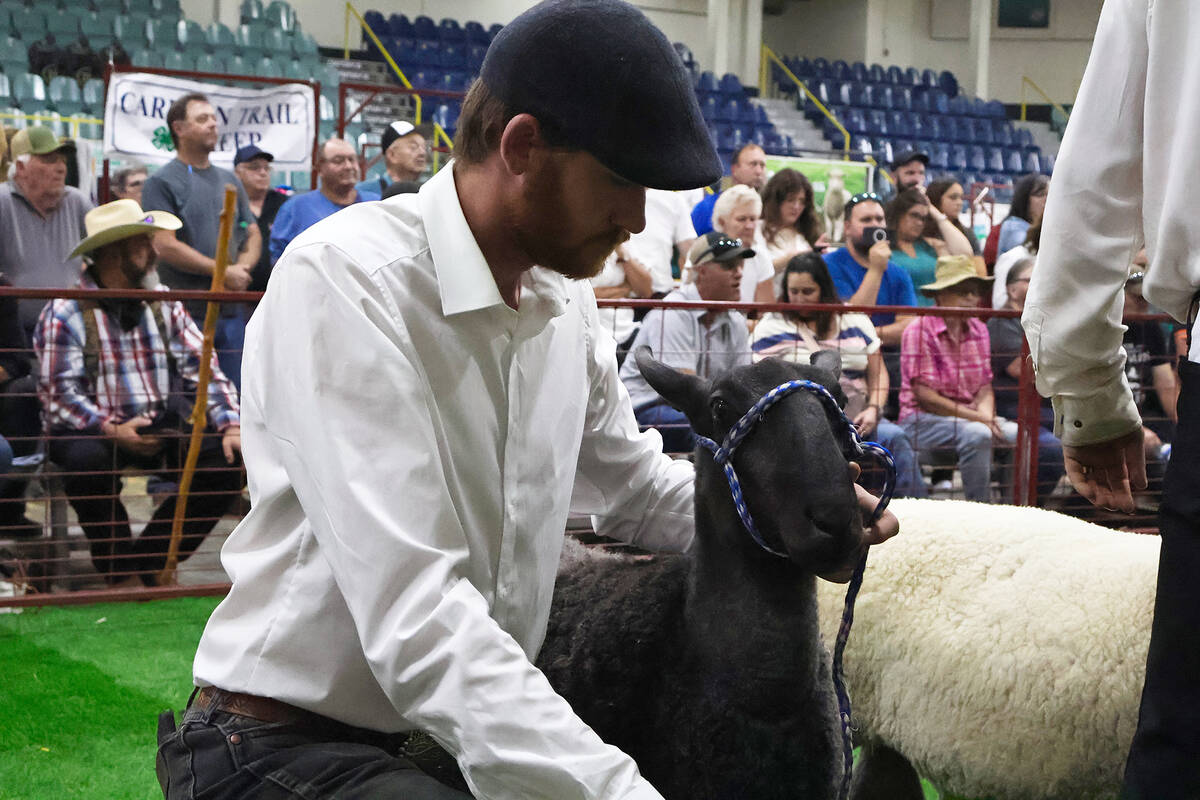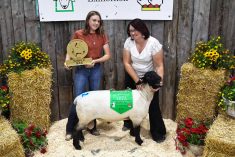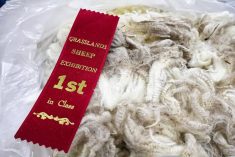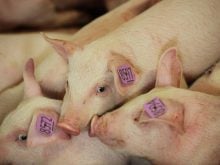There are some household names in the Saskatchewan and Canadian sheep industry.
Most people know about strong performing breeds such as Suffolk, Canadian Arcotts, Ile-de-France and Dorsets.
Jason Cooper says he’s surprised when anyone, including sheep judges, know how to pronounce Bluefaced Leicester (pronounced Lester).
Read Also

VIDEO: Ag in Motion documentary launches second season
The second season of the the Western Producer’s documentary series about Ag in Motion launched Oct. 8.
Cooper was the only producer showing Bluefaced Leicesters at the Grasslands Sheep Exhibition in Humboldt, Sask., in mid-July.
With five animals up for sale during the auction, sheep producers across Western Canada had a chance to look at the animals and add them to their flocks.
Cooper said the breed’s high-quality mothering skills and quality wool are some of the strong traits that make the Bluefaced Leicester a good addition to any operation.
“It’s got good capacity to carry lambs. It’s really good at mothering. It’s really good at milk production. It’d be like dairy Simmental or Holstein, comparatively.”
Being the only Bluefaced Leicester purebred producer at the sheep exhibition, Cooper said it was obvious he would take home the rosette for best of the breed.
However, two of his animals are commercial crosses: one took home the champion ribbon while the other scored in third place.
He also received an honourable mention in the get-of-sires category.
Cooper said he was pretty happy with the win, saying it was a sign that judges are appreciating the quality of the animal.
“To win actually in an open class with actual competition, we’re pretty chuffed about that. There’s more and more of them getting around. Even the judge knew how to say the name.”
When Cooper last sold Cheviot wool, he topped at five cents per pound. For his Bluefaced Leicester wool, he last received $10 per pound. It’s not quite Merino fine, but it’s pretty close, he said.
It is a popular breed for mule ewe crosses in the commercial sheep industry in the United Kingdom.
According to the U.K.’s Bluefaced Leicester Sheep Breeders’ Association, different mules of Bluefaced Leicester rams and other popular U.K. ewe breeds are the most common among commercial animals.
The Bluefaced Leicesters check a lot of boxes, said Gordon Schroeder, executive director of the Saskatchewan Sheep Development Board.
If producers are trying to improve their wool quality, this breed is the way to go, but there is also nothing wrong with their growth rates, mothering skills and meat quality.
Bluefaced Leicesters are rare in North America, especially with Canadian producers.
The breed first came to Nova Scotia from flocks in Scotland in the 1970s, making their way to the United States in the mid-1980s.
According to the Bluefaced Leicester Union’s North American membership list, there are only five members in Canada: two breeders in Ontario and the rest in British Columbia and Alberta, and Cooper in Saskatchewan.
The Canadian Livestock Records Corp. lists another five producers in B.C. and one in Alberta.
Of the 100 or so head located in Western Canada, Cooper said he has about 50 of them on his ranch, Fusilier Sheep Company, west of Kerrobert.
With the rarity of the Bluefaced Leicesters in Western Canada, producers don’t usually see them at shows very often, said Courtney MacDougall, president of the Saskatchewan Sheep Breeders Association.
Each breed has different characteristics, she said, so the more examples of different breeds available to Saskatchewan growers, the better. Producers can see what is there and decide what is best for their operation, she added.
“It’s always heartwarming, as well as a testament to what our industry in Saskatchewan is doing sheep wise, to be able to have examples of more and more different breeds and to get them out to the show.”
Sometimes producers try a breed that isn’t right for them and they have to pivot to something else, said MacDougall, but shows like the one in Humboldt keep encouraging producers to try something else. They also emphasize the community that is available to members of the sheep industry, she added.
“When you have different exhibitors showing different breeds, it exemplifies the openness to our industry and the ability for each of us to really come to understand what’s going to work best for our operation.”

















